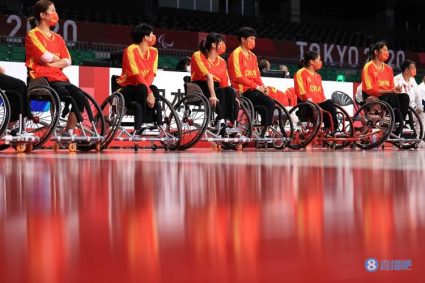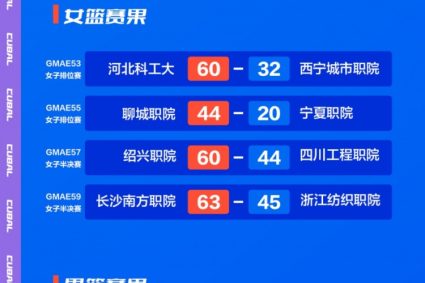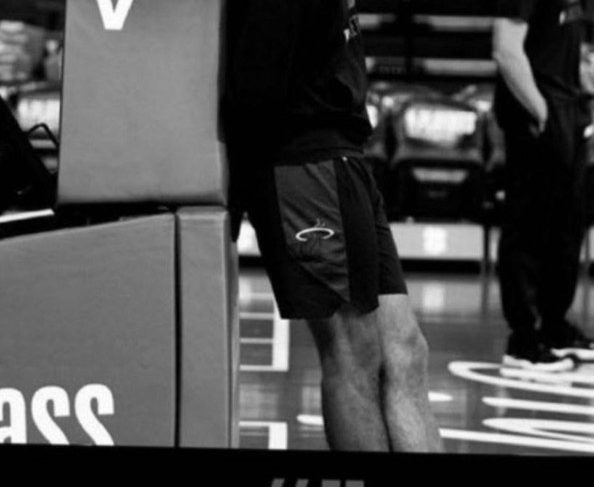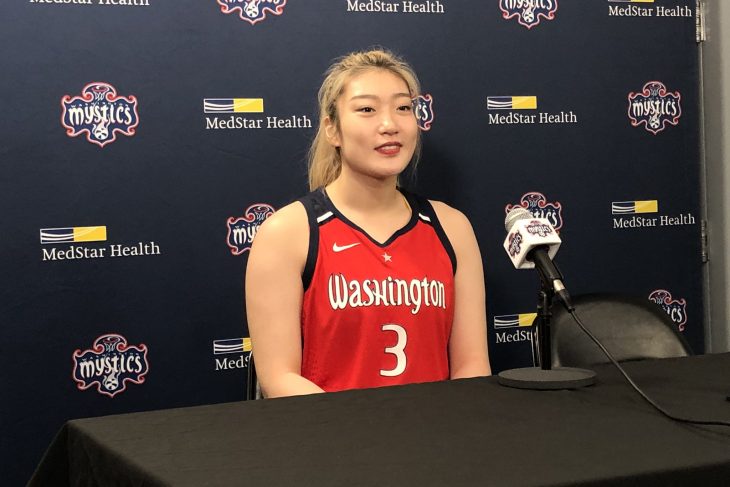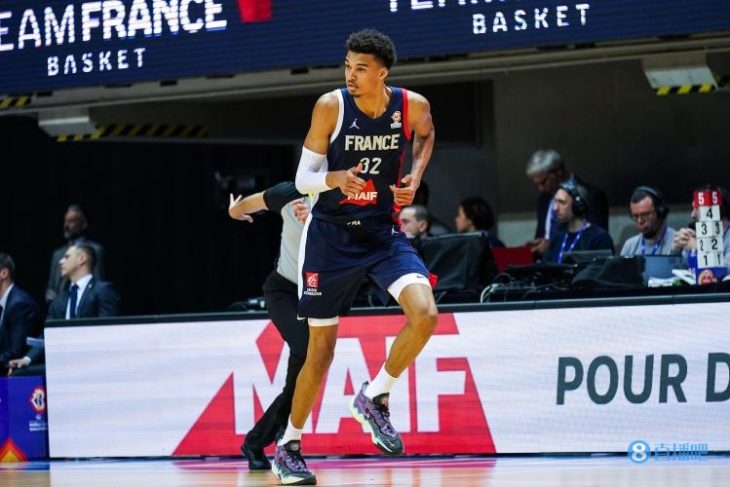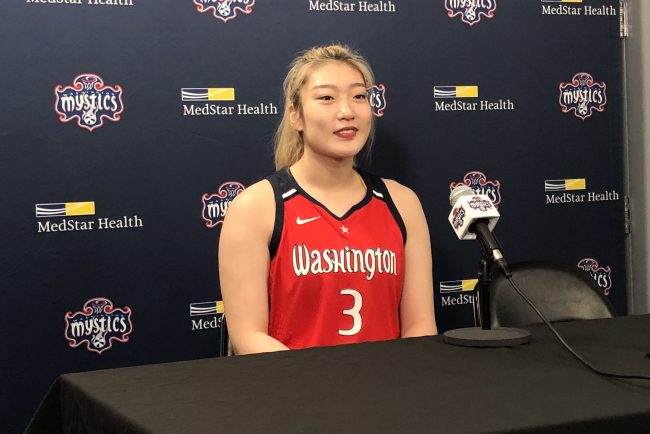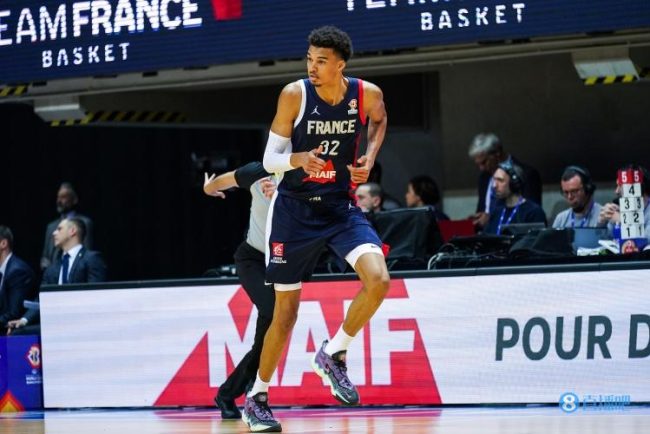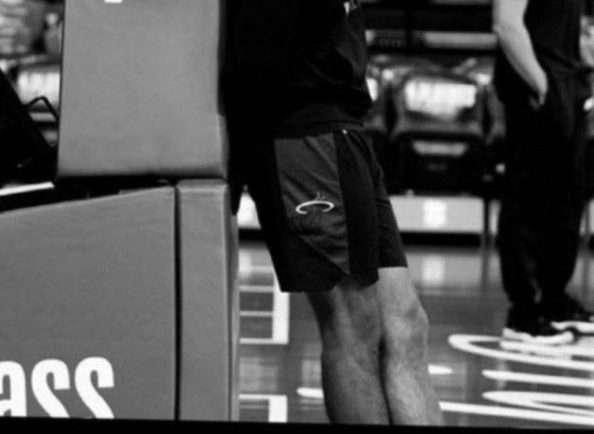

Name: Jaime Jaquez Jr.
Date of Birth: February 18, 2001
Position: scoring guard/small forward
Team: University of California, Los Angeles (UCLA)
Height: 6 feet 6(1 meter 98)
Weight: 226 pounds (103kg)
ARM show: 6 feet 10(2 meters 08)
Player Template: Kevin-McHale/Louis-Scola/Rick-Fox
Statistics:
In the fourth season, Hakes played 37 games, with an average of 33.2 minutes, 17.8 points 8.2 rebounds 2.4 assists 1.5 steals, field goal percentage 48.1%, three-point shooting rate 31.7%, and free throw shooting rate 77.0%.
Sequence prediction: at the end of the first round
Advantages:
1. Break up one by one. Hax is a mature one-on-one hand. He is strong in body, delicate in steps, good at using fake actions and good at making fouls. The Hax ball is tough, soft to the touch and stable in the middle distance. Harks can be single-handed at any position on the court, especially in the elbow area, and also has the ability to rely on rhythm to break through the surface basket or punish dislocation at a low level.
2. Various offensive skills. Hakes has rich skills and is smart in playing. He can use his one-on-one ability to attract defense, and then use various subtle passes to find his teammates. Hakes is also good at blocking and dismantling, which can not only be organized and ended as a ball holder, but also be used as a cover person to play smoothly and externally. Hawkes’s ability to move is also good. He can not only find the opportunity to shoot outside, but also easily cut into the inside line.
3. Defend actively and intelligently. Hawkes has a good sense of defense, is good at reading games, and is very timely in defense and rotation, and has an accurate grasp of the position of the ball. Harks can often kill from the weak side to complete the snatch, and can also cooperate with teammates to form an efficient attack to destroy the opponent’s attack. Due to Hakes’s excellent consciousness and enthusiasm, his rebounding ability has also been shown, and even some basket protection ability.
Disadvantages:
1. Both sides of attack and defense are slow. Hakes likes to play one-on-one and play slowly, which sometimes slows down the rhythm of the team. Hax’s explosive power is not strong, and a large amount of fengshui ball is needed to find rhythm and space. Hakes’s fake action is very effective, but sometimes he will miss the opportunity because the pace is too slow. Harks moves slowly, does not stand out, and cannot resist opponents with strong athletic ability. It is also difficult to bypass the cover. Harks has no experience in anti-block removal and low position, and often gives opponents the chance to easily pass the ball into the inner line.
2. Shooting stability. Although the receive the ball shot is not bad, Hax is not a shooter, and he will miss many opportunities to shoot vacant shots. Hawkes’s shooting was a little left-leaning, but it didn’t affect much. Hakes had made a three-point shot percentage of 39.4% in his sophomore season. He needed to get back the feeling and his free throws needed to be more stable.
Summary:
Hax is a retro strong flank, graceful and mature, with tough style, delicate attack and smart defense. The excellent rhythm of the attacking end and the slightly slow pace of the defensive end are fair performances, while the excellent player and the ability to read the game are his particular advantages. Although it is a floor-streaming method, Hax has good dynamic data in the joint trial, which may improve his ranking. Hakes is very similar to what people often call “The Old Man of the stadium”. As an “old player” who has gained a lot of honors in the four years of college, he will be a very good combat capability, the only question is what kind of team he will enter and what kind of role he will play at both ends of attack and defense.
~~~~~~~~~~~~~~~
2023 New Show Parade: analyze the newcomers you want to know

